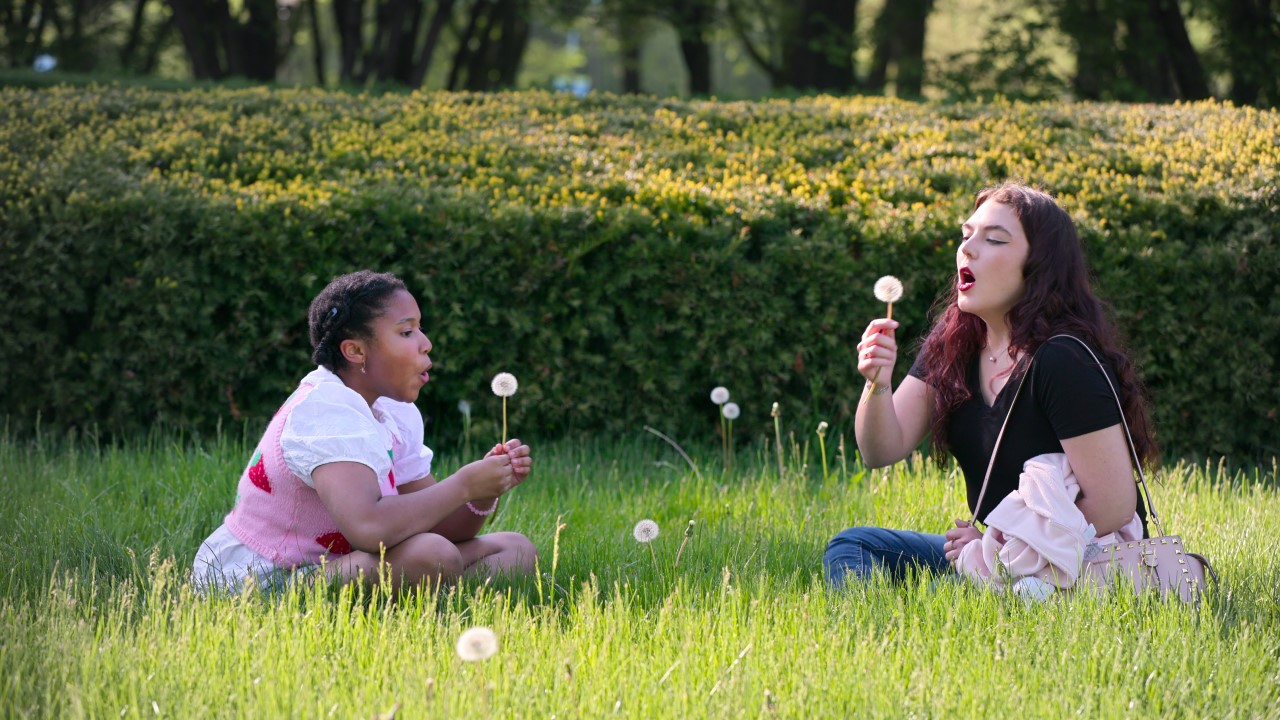Love on the Spectrum has been one of the best shows to binge on Netflix for three seasons now, but even as the popularity of the series and its stars grew, I continued to scroll past until recently. As the parent of an autistic child, I’ve struggled to watch a lot of media centered around autism for several different reasons. However, after Love on the Spectrum Season 3 hit the 2025 TV schedule, I figured it was time to jump in. I’m so glad I did.
When it comes to seeing autism represented in media, I am 100% for representation. It’s important for people to recognize themselves in who they watch on TV, and it’s important to show what autism might look like in the real world. However, sometimes I get in my head about the stereotypes that are perpetuated or whether the person in question is being made fun of or exploited in some way. Love on the Spectrum was different, and here are some reasons why.

Love On The Spectrum Avoids Autism Stereotypes By Featuring A Diverse Cast
Love on the Spectrum is able to challenge the stereotypes by showing so many different examples of what autism can look like. We see people of different ages and races from different backgrounds with different sexual orientations, and in none of those cases is their autism diagnosis the most interesting thing about them.
inspired by Amelié). Some of the likes and dislikes are pretty amusing (and often relatable), but it’s also such an ingenious way to give us a sense of someone’s personality before we’ve ever even really met them.
I also like that the cast’s well-being always seems to come first, like when Madison Marilla’s date Brandon needed to leave a restaurant that got too noisy or when autism expert Jennifer Cook reminded Tanner Smith that he didn’t have to smile all the time for people to like him. It also puts me more at ease knowing these are all adults giving their consent to be on TV, and I love that they’re enjoying the perks of being famous.
autistic TV characters to find the balance between portraying autism as too much of either a disability or a superpower, but Love on the Spectrum (available with a Netflix subscription) kind of shows both sides. Many of the cast members feel comfortable sharing the things they struggle with, and they’re also given the space to show off their special talents and interests.
I find it very enlightening to hear the cast members’ opinions about their autism in their own words, and I was constantly touched by how honest they were about their fears, whether that was not wanting to say something embarrassing on camera or running out of things to say on a date.
On the other side of that, I like that they’re never asked to temper their excitement about their interests — Abbey Romeo and David Isaacman have their lions (and even get to travel to Kenya); Dani Bowman has her animation; Pari Kim has the trains, etc. Other cast members are also allowed to show off their talents, but I don’t feel like it perpetuates the misconception that all people on the spectrum are savants.
antithesis to other reality dating shows in that way, but it also proves that people on the spectrum face the same challenges as everyone else — from being nervous about running out of things to say on a date to coming up with the best words to gracefully end a relationship.
Not everyone is going to agree with my opinion on Love on the Spectrum, and that’s OK. I’m certainly no expert, and I’ve seen some valid concerns. For me, though, the show works because I feel the focus is ultimately on the cast members and their lives, not just their autism. Season 4 has been ordered by Netflix, so stay tuned for a premiere date.

